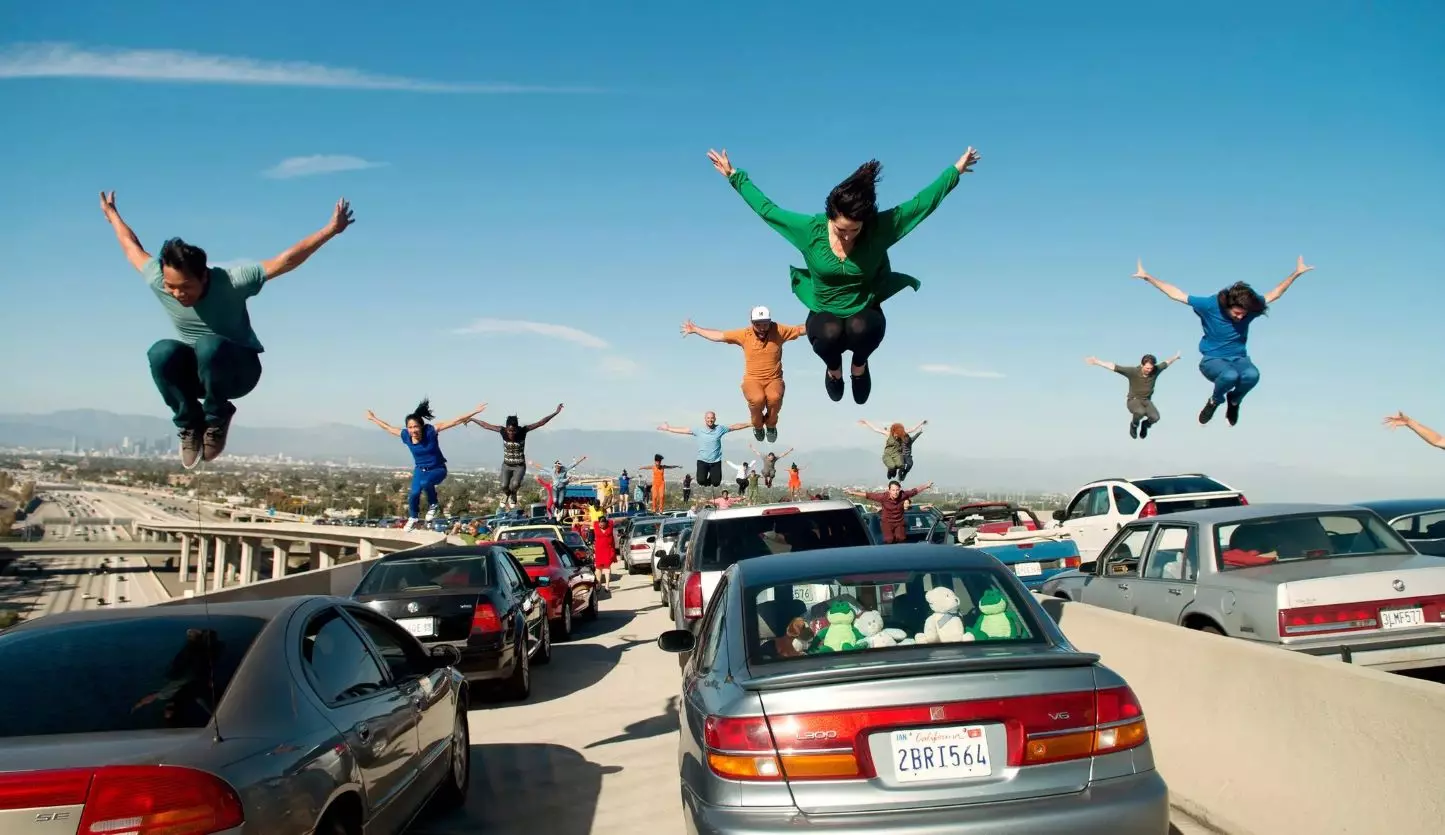'Change your mind.' Car sharing and car pooling, scooters and autonomous driving are changing the way we think about mobility, affecting our perceptions and habits in particular.
An ongoing evolution that affects the relationship between vehicle and traveller and whose outcome will be decisive in anticipating, understanding and directing the mobility of the future. “A scenario that starts from a strong paradigm shift: for some categories of drivers, the car is no longer a commodity, a status symbol, but a service,” Federica Biassoni, director of the research unit in Traffic Psychology at Cattolica University in Milan, explains. “And some forms of mobility become a way of sharing an experience and time, in addition to moving.”
Just think how much is at stake when we talk about car sharing and car pooling. In the first case, the car has simply become a physical means of getting us from point 'A' to point 'B', no connection, no familiarity. “In the second,” Biassoni adds, “three fundamental issues that characterise the new mobility come into play: privacy, trust and responsibility. We have to consider that by sharing a medium we are no longer in our own bubble, we are no longer at home and we give up a piece of privacy. Something once unthinkable. Not only that, there is a whole double issue of trust (towards the driver) and responsibility (for the driver).”
Three characteristics of the new mobility that arise from the evolution of transport in terms of costs and logistics. “Not only have the direct costs of maintaining the vehicle (petrol, insurance, cost of the car) increased significantly, but also their management/logistics. A transformation that is inevitably driving, at least in large urban centres, the development of shared transport and an urban plan that favours public transport and its use.”
In short, the new mobility also stems from the need to change a system whose costs are too high, and to bring about a profound revolution in the way we think about transport and travel.
“Active mobility also represents a return, after so much domination by motor vehicles, of our primordial psycho-physical resources that thus return to the centre,” Matteo Colleoni, lecturer in Urban Policies at Bicocca University in Milan, explains.
There is also a very strong environmental theme that is more easily conveying the giving up of privacy and ownership in the name of an end considered, especially by the younger generation, as greater.
The new mobility in fact goes hand in hand with new needs (sustainability, speed, agility, sharing), but the experience of, for example, scooters teaches us that “there is still a lot to be done and it is risky to insert a new actor into a system without rules, or with rules of its own. The regulatory environment is sometimes a key factor in giving credibility, and not generating disorientation,” Biassoni explains.
However, the road to making the quantum leap towards a new mobility is still a long one, according to Colleoni, who emphasises that “the real change, certainly not tomorrow, but as in the European programmes between 2030 and 2050, can only come about by working on infrastructure, dedicating more urban space to light mobility, where even today the private motor compresses spaces, pollutes, is a danger and does not allow us to really rethink shared spaces.”
In this sense, Colleoni sees in the speed restriction measures proposed, for example in Milan (‘30 km/h zones’), an opportunity to push and encourage “a new active mode that is struggling to take off and that will bring our psycho-physical resources, safety, and the environment back to the core. Berlin and Stockholm are even testing zero-car zones in favour of developing new places for socialising,” he adds. “This should be our horizon.”
Today, according to data from ACI (Automobile Club Italy) and Istat (Italian National Institute of Statistics), seven out of ten accidents occur in cities, many of them due to speeding, accounting for 43.9 per cent of total deaths and 69.7 per cent of injuries. We must also emphasise that lowering the limit from 50 to 30 km/h will also have an impact on air quality and on the city’s well-being. “The 30 km/h limit also allows much more radical choices on the management of public space and on the very idea of the street itself, since if we all go slowly, streets and spaces can increasingly be shared safely,” Colleoni adds.
The driver's experience is therefore constantly evolving and in view of the developments related to autonomous driving, these will imply a further change in the relationship between the vehicle and the driver. “Issues of delegation of control and trust are at the heart of this possible change, and on the legal and legislative front we will see a new definition of responsibilities,” Biassoni explains. “It will be interesting to see how and if this kind of mobility will be accepted and what the balance between benefits and social costs of such a change will be.”
At the moment, the successfully traced direction concerns public transport and some specific sectors: “Container handling in ports rather than driverless transport (see for example Milan’s ‘lilac’ underground) show us that the road to this mobility is marked out,” Colleoni concludes. “But the future of autonomous driving is inextricably linked not only to regulatory aspects, the technology is a work in progress, but the infrastructure has to evolve in less complex mobility contexts than today's, i.e. with reduced private vehicle density. Only then could we create a controllable and manageable system in which autonomous driving can be a reality.”
